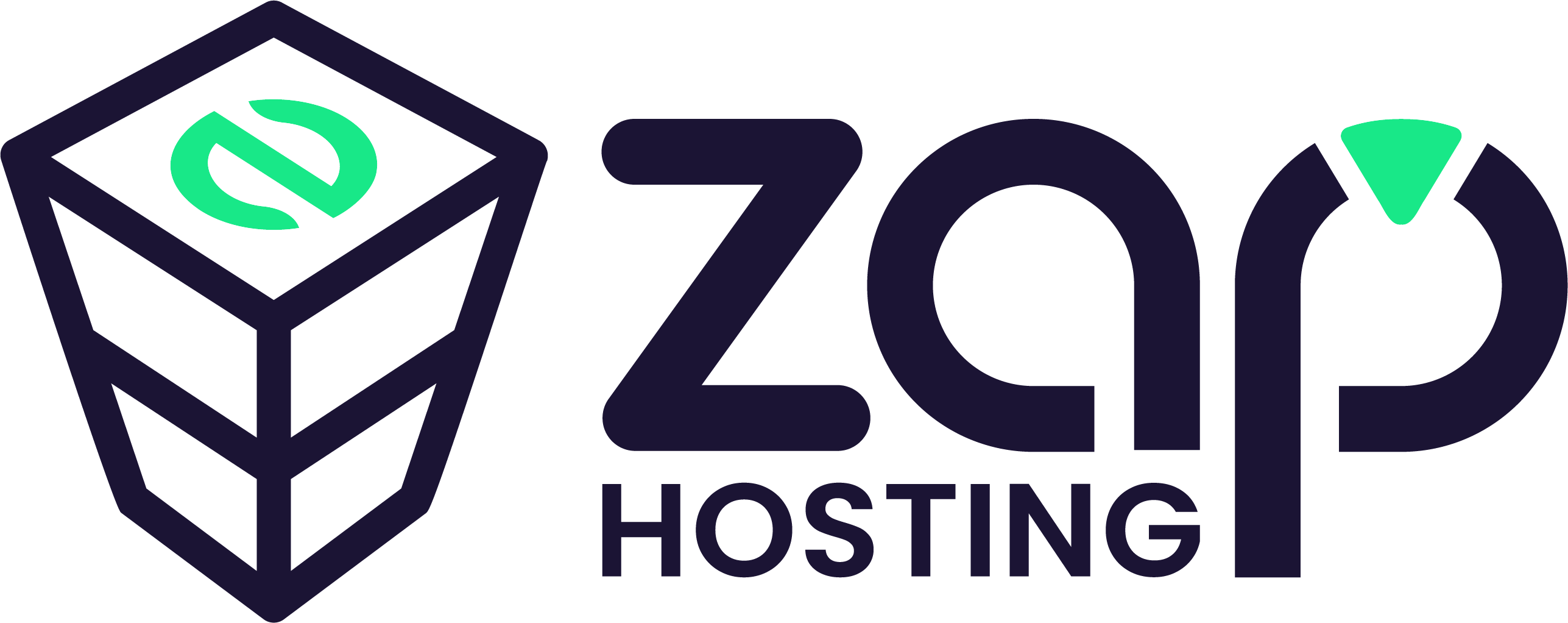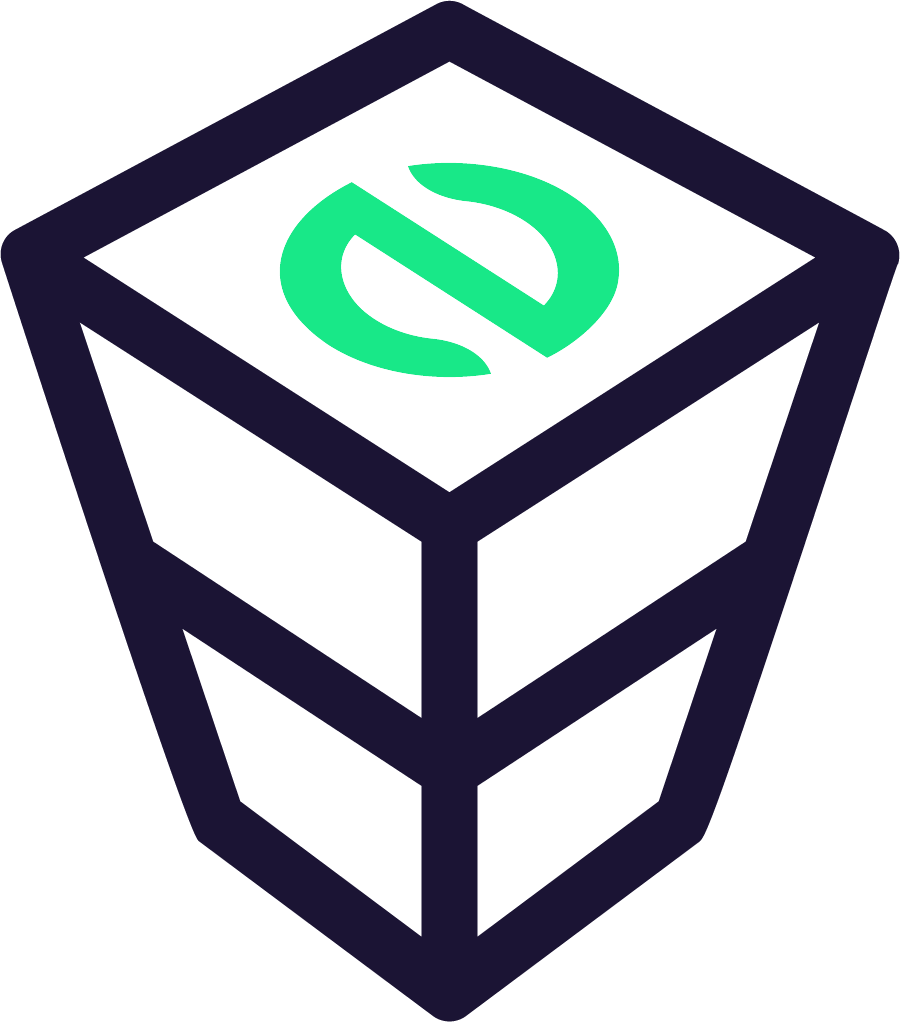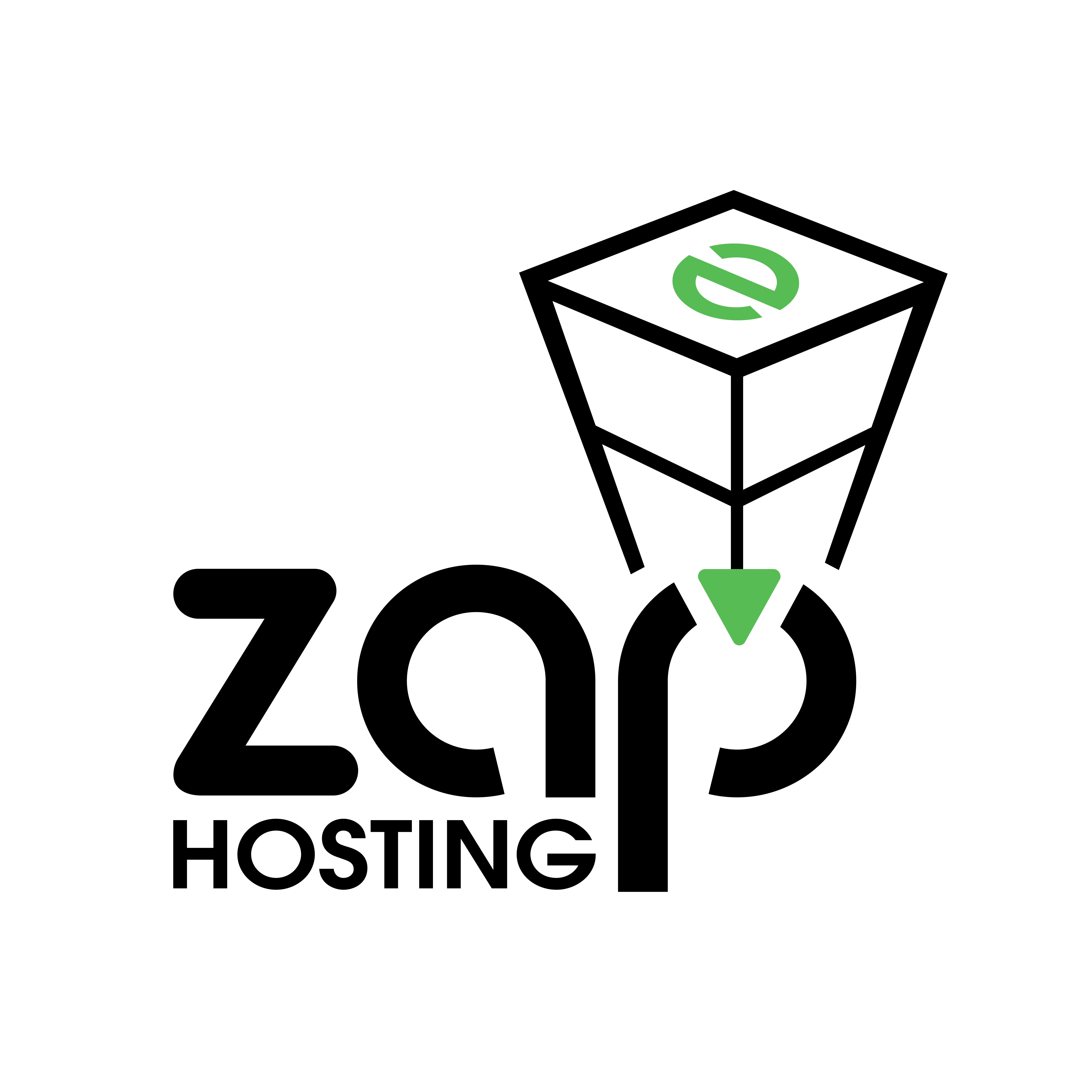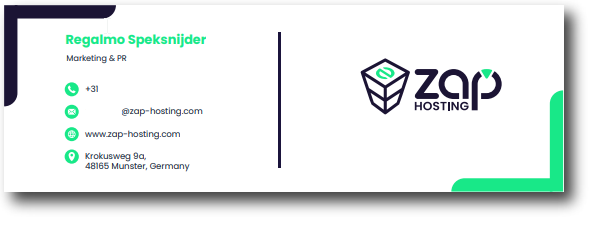Hello, we are “ZAP-Hosting”.
We are “ZAP-Hosting”.
ZAP-Hosting is the world’s fastest growing game server & virtual server provider. We facilitate and help make games into awesome memorable experiences. Ever since 2010 we offer an wide range of powerful server products and our experience. Host your own server in 60 seconds on one of our many different locations across the globe. We have the best network infrastructures, offer the best DDoS protection and highly available server performance.
As we made some adjustments to our vision to meet the constantly changing needs of our users, our brand has also evolved. ZAP-Hosting has a new brand identity and design system. This is where we educate you about our brand and where you get crystal clear instructions on how to safely design with/for our brand.
Logo versions
Light backgrounds

Dark backgrounds

Logo variations
Full logo

Logo icon

Logo wordmark

Logo sizes
Minimum size (digital)
Horizontal Logo: 60 pixels/ 0.83 inch
Logo Icon: 40 pixels/ 0.55 inch
Minimum size (digital)
Horizontal Logo: 60 pixels/ 0.83 inch
Logo Icon: 40 pixels/ 0.55 inch
Website logo sizes
Some standard measurement for website are given below:
Favicon:
16 x 16 pixels
32 x 32 pixels
48 x 48 pixels
Vertical Logo:
160 x 160 pixels
Horizontal Logo:
250 x 150 pixels
350 x 75 pixels
400 x 100 pixels
Social media sizes
Instagram
Profile Photo (circular) 110 x 110 pixels
X (formerly Twitter)
Profile Photo (circular) 400 x 400 pixels
Cover Photo 1500 x 500 pixels
Facebook
Profile Photo (square) 170 x 170 pixels
Cover Photo 820 x 312 pixels
LinkedIn
Profile Photo (circular) 160 x 160 pixels
Cover Photo 1198 x 191 pixels
YouTube
Profile Photo (circular) 800 x 800 pixels
Cover Photo 2560 x 1140 pixels
Thumbnail Photo 1280 x 720 pixels
Logo safe usage
DO NOT: Outline
Do not outline our logo.

DO NOT: Distort
Do not distort or reshape our logo.

DO NOT: Fonts
Do not use any other font, no matter how close it might look to our selected font.

DO NOT: Sizing
Do not squish or squash our logo. Any resizing must be in proportion.

DO NOT: Effects
Do not apply effects like shadow, emboss, blur, gradients, etc.

DO NOT: Color
Do not change the colors, no matter how close it might look to our official colors

DO NOT: Old Logo
Do not use any logo version NOT provided by this website.

Our fonts
Primary Font: Poppins
Ab
Ab
A B C D E F G H I J K L M N O P Q R S T U V W X Y Z
a b c d e f g h i j k l m n o p q r s t u v u x y z
1 2 3 4 5 6 7 8 9 10 ! ?
A B C D E F G H I J K L M N O P Q R S T U V W X Y Z
a b c d e f g h i j k l m n o p q r s t u v u x y z
1 2 3 4 5 6 7 8 9 10 ! ?
LIGHT
BOLD
ITALIC
SEMIBOLD
REGULAR
BOLDITALIC
MEDIUM
EXTRABOLD
Secondary Font: Nexa
Ab
Ab
A B C D E F G H I J K L M N O P Q R S T U V W X Y Z
a b c d e f g h i j k l m n o p q r s t u v u x y z
1 2 3 4 5 6 7 8 9 10 ! ?
A B C D E F G H I J K L M N O P Q R S T U V W X Y Z
a b c d e f g h i j k l m n o p q r s t u v u x y z
1 2 3 4 5 6 7 8 9 10 ! ?
EXTRALIGHT
HEAVY
LIGHT
REGULAR
BOLD
Font usage
Leading

Tracking
Headline/Title
Nexa Heavy
Tracking: 0 points
Sub-Headline
Poppins Semibold
Tracking: 0 points
Body copy
Tracking: 10 points
Color usage
- Don’t put light text on a light background.
- Don’t change the official logo color.
- Don’t use busy backgrounds.
- Use the appropriate color proportions.
- Don’t replace colors with a texture.
- Don’t place similar colors on one another.
Color modes
Primary colors:
Secondary colors:
Gradient
#18E888
(RGB) 24, 232, 136
(CMYK) 90, 0, 41, 9
(RGB) 24, 232, 136
(CMYK) 90, 0, 41, 9
0 Angle
(RGB) 0, 255, 255
(CMYK) 100, 0, 0, 0
#00FFFF
(RGB) 0, 255, 255
(CMYK) 100, 0, 0, 0
RGB
CMYK
Business cards


Letterhead
Envelope


Email signature
Partner lockups

